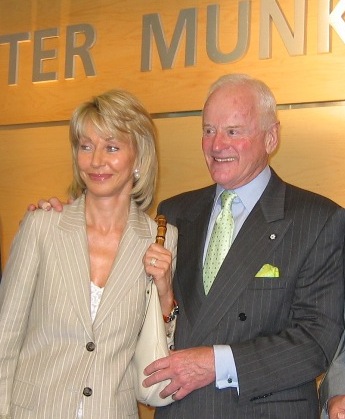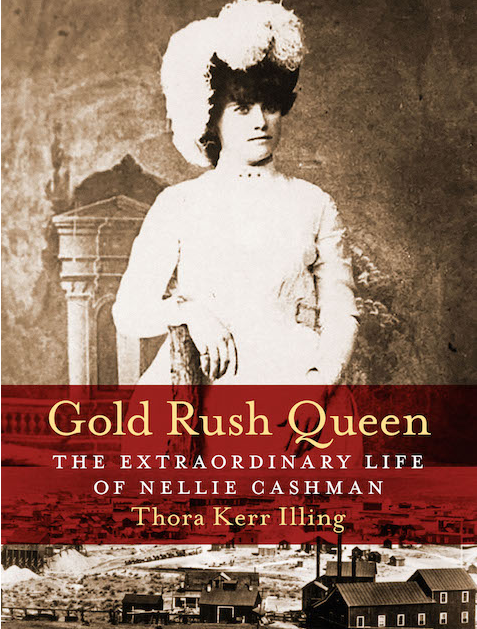THE CONSTRUCTION gang foreman looked down the cut where his crew was tackling the tough rock with heavy picks, getting ready to blast. The track layers were right on his heels, pushing the new Canadian Pacific Railway westward to bridge the continent. The foreman’s eye fell on one man.
“Hey, you !” he roared, “what’re ye standin’ there gapin’ at? Get busy with that pick.”
“Well, take a look at this slab of rock, boss; it’s kind of queer.” And so in 1883 nickel was uncovered at Sudbury.
It was a product that nobody wanted. When the first smelting yielded a metal which was curiously pale instead of copper red, and when analysis showed that this fault was due to the presence of nickel, men cursed it as a plague which they neither knew how to get rid of nor how to use in such large quantities. It was the copper content of the Sudbury ore on which they had set their hopes.

























